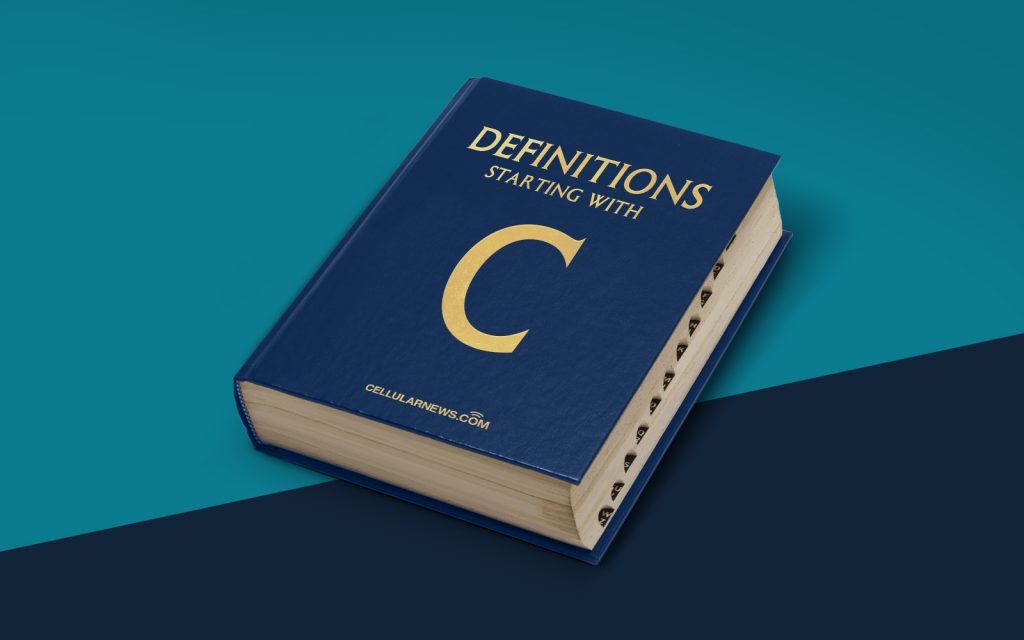
Understanding the Wonders of Circuit Boards
Have you ever wondered what makes your devices tick? From your smartphone to your laptop, from your television to your game console, all of these amazing gadgets are powered by a small but mighty component called a circuit board. In this article, we will explore what circuit boards are, how they work, and why they are essential in our daily lives. So, let’s dive right in and unravel the mysteries of circuit boards!
Key Takeaways
- Circuit boards are essential components that house and connect electronic circuits in electronic devices.
- They are made up of multiple layers of printed circuitry, including conductive tracks, pads, and electronic components like resistors and capacitors.
What is a Circuit Board?
A circuit board is a flat, rigid platform made of a non-conductive material, typically fiberglass or a similar composite material, that houses and connects electronic components to create functional circuits. Often referred to as a PCB (Printed Circuit Board), these intricate networks are the backbone of every electronic device we use today.
Imagine a circuit board as a carefully designed roadmap that guides the flow of electricity within a device. It acts as a central hub where all electronic components, such as microchips, resistors, capacitors, and diodes, are interconnected. It provides the necessary pathways for electricity to flow, enabling all the functions and features of the device to work harmoniously together.
Now, you might be wondering how these circuit boards are constructed. Let’s take a closer look:
The Anatomy of a Circuit Board
- Substrate: The base material of the circuit board, usually made of fiberglass or epoxy resin, provides mechanical support.
- Conductive Tracks: These are thin copper traces etched onto the surface of the board, serving as highways for electrical current to flow.
- Electronic Components: These are the tiny, specialized devices that perform specific functions within the circuit. Examples include resistors, capacitors, and integrated circuits.
- Pads: These are copper-coated holes on the circuit board that connect the electronic components to the conductive tracks.
Once all the necessary components are placed on the circuit board, they are soldered into their designated positions to create a secure connection. This meticulous process ensures that all the components can communicate and work together effectively.
How Does a Circuit Board Work?
Now that we know what a circuit board is and how it is constructed, let’s explore how it actually works:
- Input: The circuit board receives input from various sources, such as buttons, sensors, or other devices connected to it.
- Processing: The electronic components on the circuit board process the incoming electrical signals, performing calculations and executing instructions.
- Output: Once the input has been processed, the circuit board produces an output, such as displaying information on a screen, playing sound through speakers, or sending data to other connected devices.
This input-processing-output cycle happens within the circuit board at lightning speed, allowing our devices to perform complex tasks and deliver the functionality we rely on every day.
Conclusion
Circuit boards serve as the foundation for modern technology. Without them, our devices would be nothing more than unconnected patches of metal and plastic. Understanding how circuit boards work gives us a glimpse into the innovation and engineering behind the gadgets we use and depend on. So, the next time you power up your favorite device, remember the humble circuit board working diligently behind the scenes to make it all possible!
